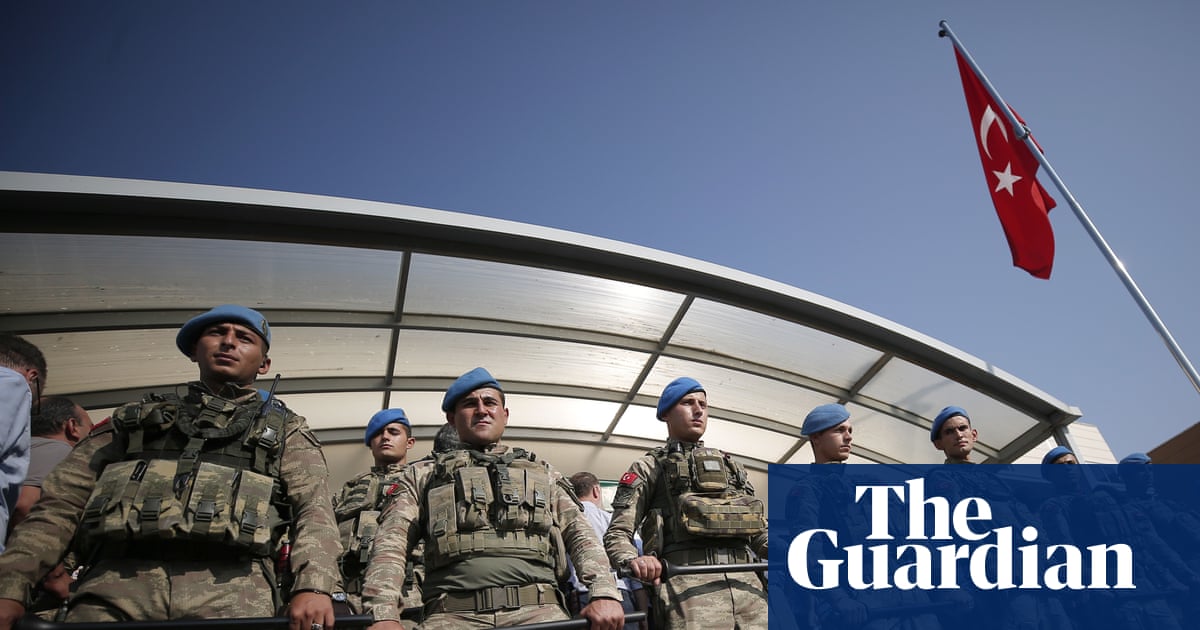Thales (ENXTPA:HO) shares recently saw some movement, drawing attention to how investors are weighing the company’s momentum over the past year. Its recent returns spark interesting discussions about long-term strategy and sector positioning.
See our latest analysis for Thales.
Thales’s recent share price action, including a modest dip to €253.4 after a sharp year-to-date surge, reflects the market’s recognition of its strong operational momentum. The 1-year total shareholder return of 69.57% and a huge 5-year return over 400% suggest that momentum remains firmly in Thales’s favor, which hints at investor optimism about its long-term prospects even with some near-term fluctuations.
If you’re curious what other companies are drawing attention in this space, check out the full list of aerospace and defense stocks in the following section: See the full list for free.
With a nearly 70% return in just one year but shares now hovering close to analyst targets, the key question now is whether Thales is undervalued or if the market already anticipates its future growth. Could this be a true buying opportunity?
The most widely followed narrative puts Thales’s fair value meaningfully above its last close at €253.4. This scenario creates a compelling opportunity for investors weighing current optimism against future growth expectations.
Heightened innovation and R&D in next-generation technologies (AI, secure communications, space tech, digitization), along with cross-business synergies from acquisitions, position Thales to remain a market leader amid secular shifts toward digital transformation in security, favorably impacting long-term revenue growth and margin resilience.
Read the complete narrative.
Want to know the drivers behind this bullish outlook? The most intriguing part is how bold revenue and margin forecasts converge with shifting industry trends. The real surprise lies in the financial leap analysts are betting on. What key growth rate and profit assumptions are they making? Dive in to see what’s fueling this ambitious fair value calculation.
Result: Fair Value of €275.56 (UNDERVALUED)
Have a read of the narrative in full and understand what’s behind the forecasts.
However, execution challenges in Thales’s digital transformation or unexpected government budget delays could quickly temper the current bullish outlook.
Find out about the key risks to this Thales narrative.
The market seems excited by Thales’s growth story, but a look at its price-to-earnings ratio gives pause. Thales trades at 49.8x earnings, which is far higher than its peers (31.9x) and even higher than the industry standard (35.2x). This premium suggests buyers are taking on extra valuation risk if optimism fades.







